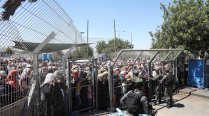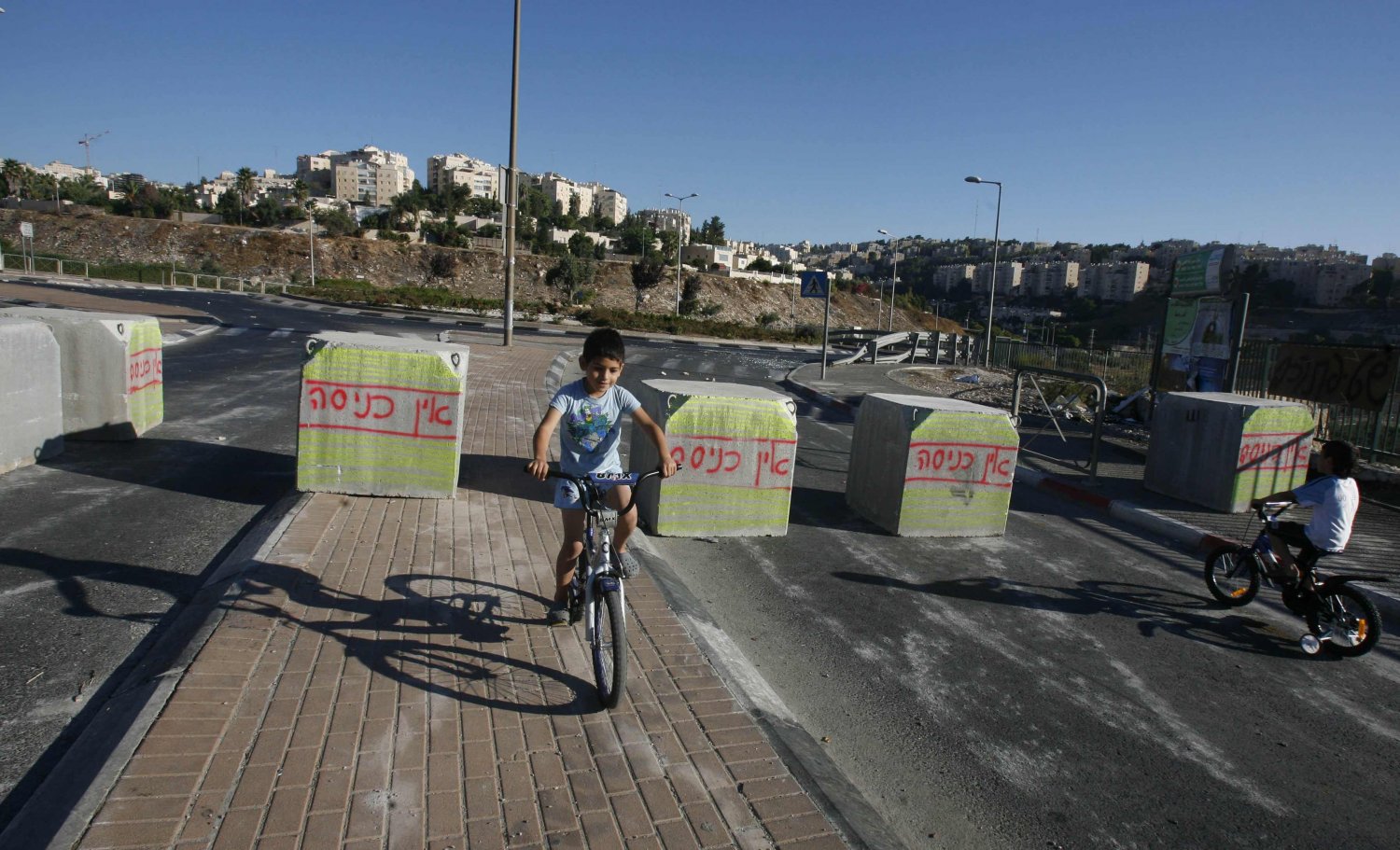“Total closure days” are days on which Palestinians with Palestinian Authority (PA) ID cards are not allowed to enter Israel or East Jerusalem at all, even if they have valid Israeli entry permits. With the establishment of a detailed permit regime, especially after the Second Intifada,1 total closure days became more common.
The Israeli army typically announces the total closure of the West Bank and Gaza2 on major Jewish holidays like Passover (which usually occurs in March or April) and Yom Kippur (which usually falls in September or October) or on the occasion of an Israeli national event such as Election Day or Independence Day.3 For instance, during the Purim holiday in 2017, an extended 11-day closure was imposed on the occupied West Bank and Gaza.4 During the Passover holiday in April 2019, the Israeli army imposed a nine-day closure.5 A total closure was announced twice in one year on the occasion of Israeli elections (April 7 and September 17, 2019).6 As well, the army might declare a total closure on the West Bank when there are high alerts of possible “attacks.” For instance, the Israeli military imposed closure from July 19 to 22, 2006, as a result of high alerts for attacks or kidnapping Israeli soldiers.7 This closure took place less than one month after the kidnapping of Israeli soldier Gilad Shalit on June 25.8
Total closure can last from several hours to several days.



